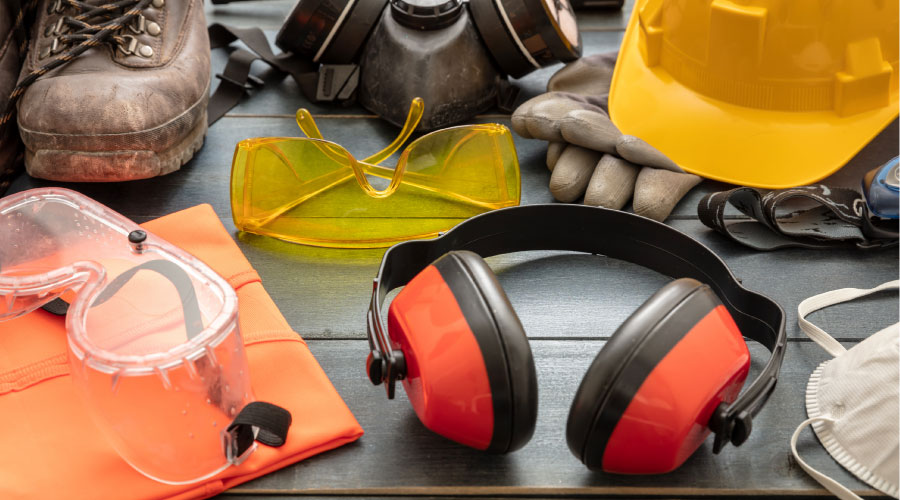Benefits and Potential Problems with Day Cleaning
A change to day cleaning brings some common objections to potential problems from building occupants, but an adaptive, organized approach can help smooth the way for its benefits.
Day-cleaning proponents claim subtle but valuable benefits from having building employees develop more of a cooperative relationship with their cleaners, who as night workers are faceless. Occupants can easily mention special cleaning requests.
While some tenants, such as law firms, simply don’t want custodians in their space during the day, Ashkin says many tenants actually like it. That’s because “they see a custodian there, they make the mental connection that, yes, somebody is cleaning every day and it actually makes them feel that the building is cleaner, even though the same level of cleaning was taking place previously.”
Another advantage of day cleaning is better security — night cleaners working mostly in seclusion no longer have the keys to the building. Greig mentions a huge bank that, before changing to day cleaning, had 84 guards working at night while cleaners were on duty.
Day Cleaning Critics
The prospect of changing to day cleaning, however, creates some common objections from employees, and the contention by some that it’s simply easier to clean an occupant-less building. Here’s how one typical objection might be stated: “I don’t want anyone vacuuming around me or fussing at my desk while I’m trying to work, period.” Such employees might be apt to execute a “wave-by,” signaling cleaners to ignore their office (thereby letting dirt accumulate).
Responds Greig: “It’s like a 30-second-a-day interruption in an office. We can be much more efficient in the way we clean because we’re moving through the building faster and easier.” What’s more, he says, the equipment used is often battery-powered walk-behind units that aren’t plugged in. Besides, today’s tight-knit carpets need less frequent vacuuming than in the past.
If some people object to having their spaces cleaned during the day, one solution is to schedule those areas to be cleaned early in the morning, Greig says.
Besides, he says, the cleaning industry is doing some things too often anyway. “We’re dumping trash every day at every desk and we really don’t need to,” he says.
Another objection falls along these lines: “No way our chic marketing agency is going to ruin its image by having cleaners on duty in the daytime with buckets and vacuum cleaners.”
Says Greig, “So you can start at 6 a.m. and do those introductory areas of the building at 6 or 7 a.m. No one’s in yet — a bank isn’t even open till 9. But the employees can be there. We want to get some of the areas done before people come in, like conference rooms.”
To avoid interruptions, Spencer says, schedulers must adapt the day cleaning process to a building’s operations. Some examples: Clean restroom floors at 5:30 a.m., and have male and female cleaners do their respective bathrooms three times a day to avoid closing them and to elevate cleanliness, he says. Make sure all of the main and secondary aisles are vacuumed by the time the employees start arriving. Do the “first-impression” areas — such as executive offices, the human resources space, and the lobby — right off.
Related Topics:














